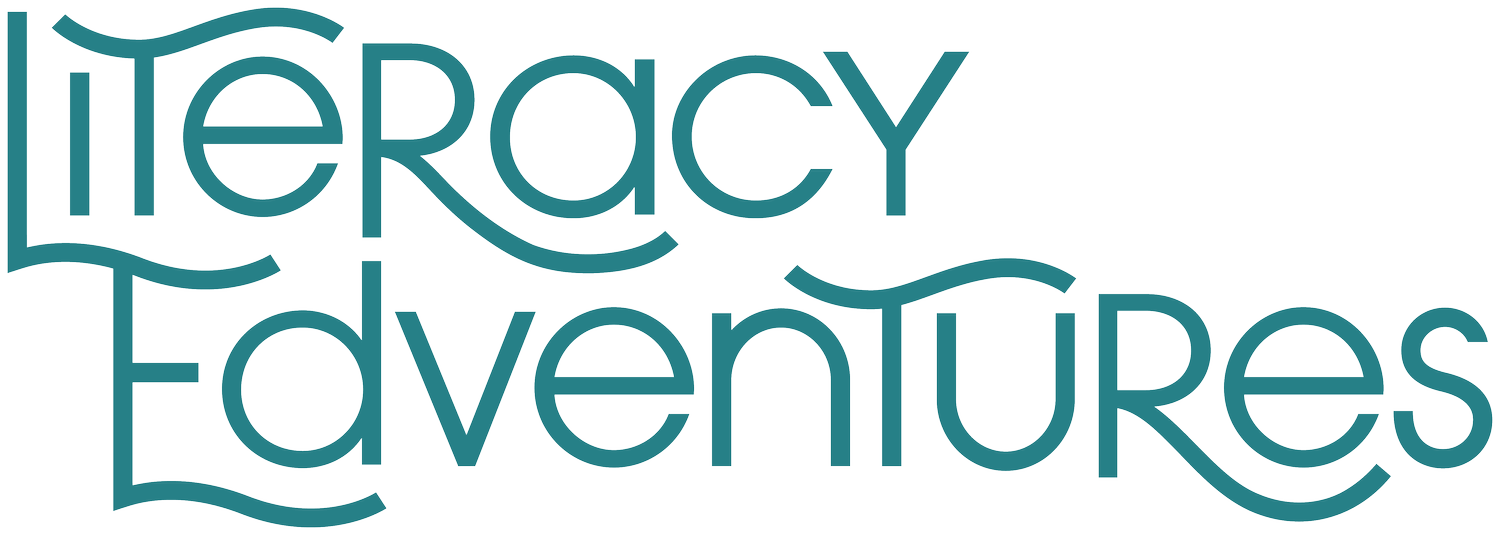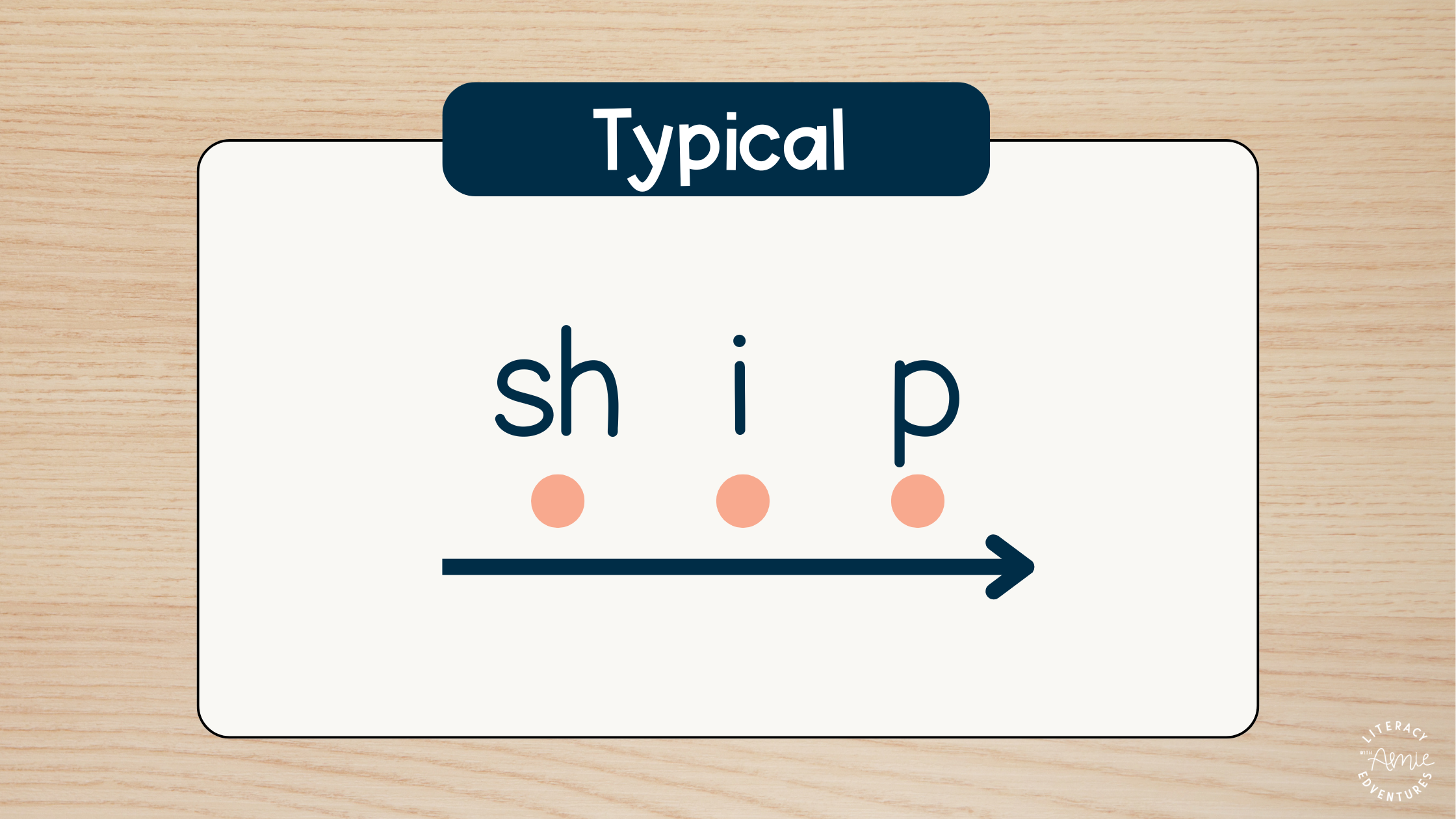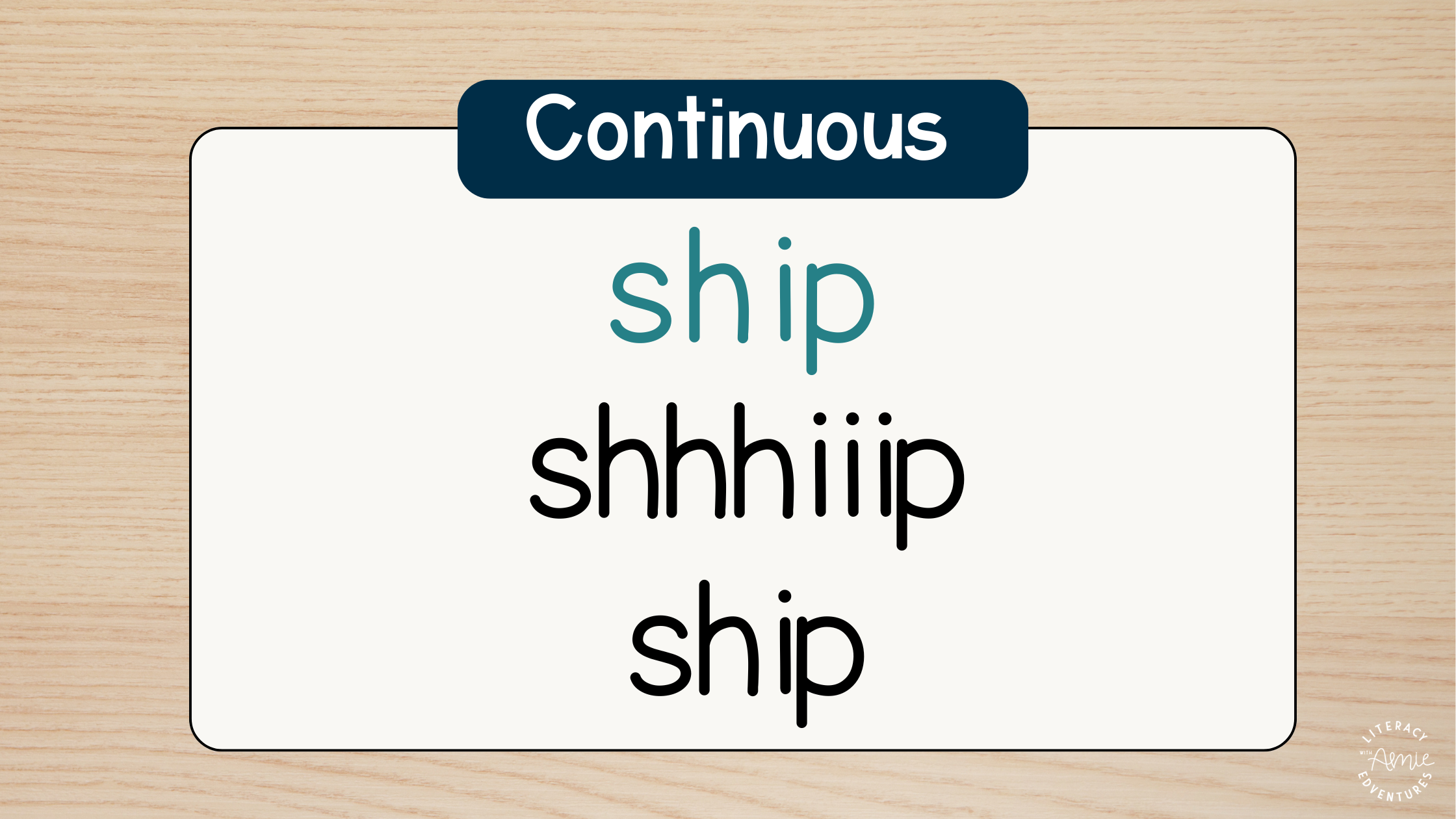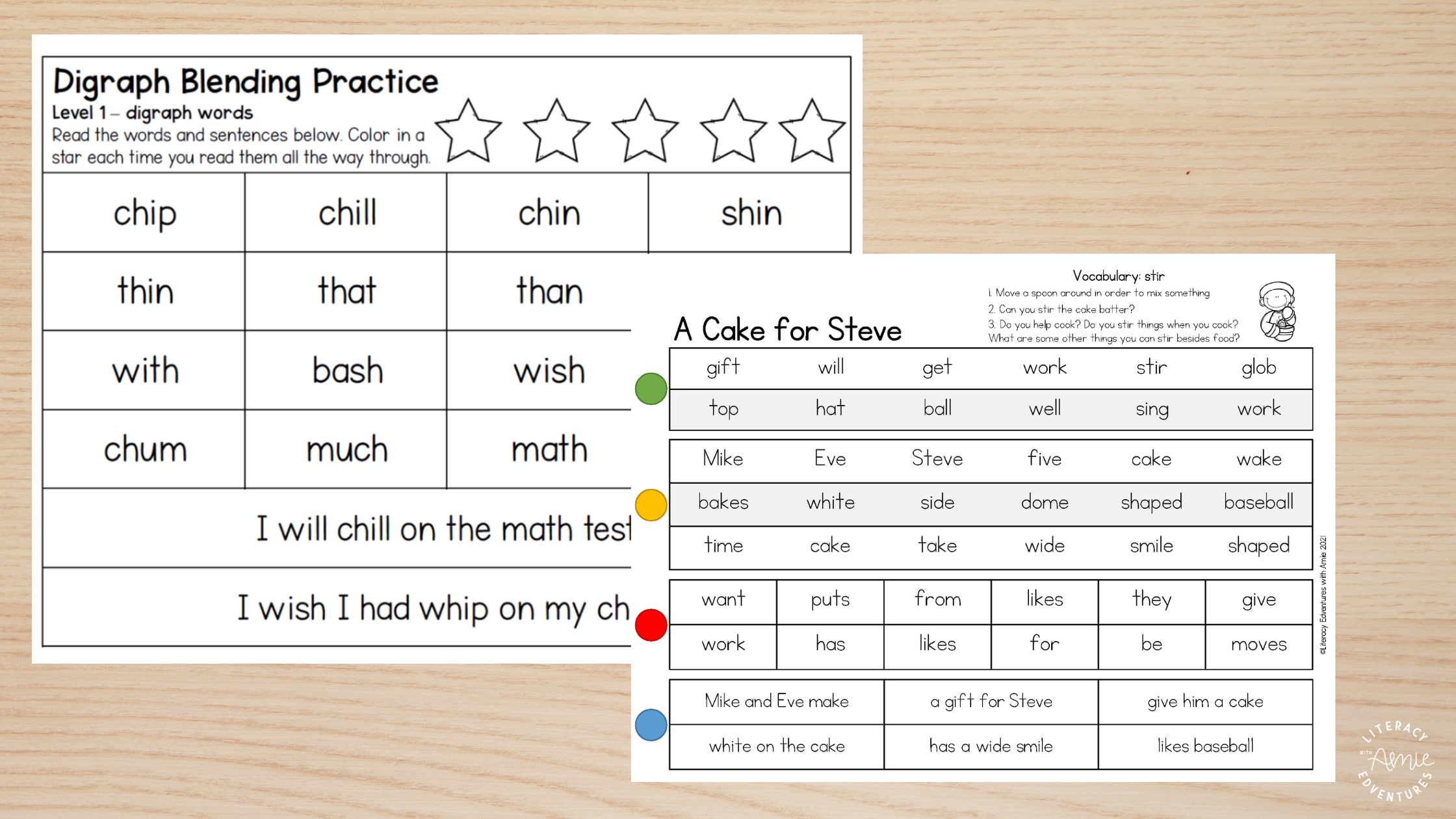From Sounds to Words – Helping Students Move Past Sound-by-Sound Reading
If you’ve ever sat beside a student while reading and listened as they slowly sound out every word — “c... a... t... cat” — you’ve likely felt that tension between celebration and concern. On the one hand, the student is applying their phonics knowledge. On the other, the effortful decoding slows them down so much that comprehension feels out of reach. This is a totally normal part of the reading journey, but the goal is to help students move beyond it. We want students to not only decode accurately but to do so efficiently and fluently.
You’ve taught the letter sounds. You’ve modeled how to blend. Your students can decode cat and dog — but when they read, it still sounds like this:
“c... a... t... cat.”
And by the end of the sentence, they’ve forgotten what it was even about.
Sound familiar?
This is a common stage in early reading, but it doesn’t mean your students are stuck forever. With the right support, they can move from choppy, effortful decoding to smooth, confident word reading. Fluency is the bridge between decoding and comprehension, and it starts at the word level.
Why Students Get Stuck Sounding Out
When students decode sound-by-sound:
Cognitive load is high. They’re using so much brainpower to decode that comprehension falls apart.
They don’t yet recognize words as units.
They haven’t had enough exposure to words in connected text.
This stage is expected, but the key is helping students move through it, not stay stuck in it. To do that, we must first ensure their decoding foundation is solid.
Step 1: Check the Foundation
Before we target fluency, we have to make sure students can decode accurately. Accuracy always comes before speed. If we rush to build fluency without confirming strong foundational skills, students will develop bad habits or become frustrated readers.
Ask yourself:
Can the student confidently match sounds to letters?
Can they isolate, segment, and blend sounds?
Do they read short vowel CVC words fluently?
Can they apply their knowledge to simple, decodable sentences?
If the answer to any of these is no, don’t push fluency yet. Instead, go back to the building blocks.
What to Revisit:
Phonemic awareness: Practice oral segmenting and blending. Use manipulatives or hand motions to make it multisensory.
Sound-symbol correspondence: Review letter-sound knowledge daily with quick drills.
Word chaining: Have students build word flexibility by changing one sound at a time.
Try Word Chains Change one sound at a time to create a new word. For example: pin → pit → pat → pan → pen → pet → set
Use magnetic letters, a whiteboard, or individual sound boxes. Have students:
Say the new word
Tap each sound
Write it down
Read the chain aloud
This helps students develop phoneme manipulation and strengthens the brain’s ability to orthographically map words.
Step 2: Move Toward Smoother Blending
Once students know their sounds and can blend CVC words, we want to help them move from halting, sound-by-sound reading to smooth, automatic word recognition.
Let’s break down the three main types of blending:
Typical Blending
This is what most of us learned growing up. Students sound out each phoneme and then attempt to blend them together after decoding all the sounds:
“/sh/… /i/… /p/… ship”
While this is a step in the right direction, many students struggle to hold those individual sounds in their working memory. They may say all the sounds correctly but still blend incorrectly or guess a random word.
Successive Blending
In this approach, students blend as they go:
/sh/ + /i/ = shi… shi + /p/ = ship
Successive blending reduces the cognitive load by combining sounds earlier in the process. This method works well for students who need more support holding multiple sounds in their head at once.
Continuous Blending
This is the most effective method for many beginning readers, especially when using continuous sounds. Instead of pausing between sounds, students stretch and slide them together:
“/shhhiiiiip/ — ship”
We model how to keep the sounds connected, especially when the first sound is a continuous consonant like /m/, /n/, /s/, or /f/. This encourages a smoother, more natural blend and builds fluency from the start.
Blending Lines
Blending lines provide scaffolded, structured practice in smooth blending.
What They Are: Blending lines are rows of decodable words—each one blending-friendly and aligned with your phonics scope and sequence. These can include:
New target words (e.g., short i words)
Mixed review words from previous lessons
Why They Work: Students need daily repetition with real words that follow taught phonics patterns. The goal is to move from decoding to recognition, and from recognition to automaticity.
How to Use Blending Lines:
Display a row of 4–5 decodable words.
Model: “Let’s stretch this one together. /mmmaaap/. Say it fast: map.”
Choral read with students.
Have students reread the line 2–3 times independently or with partners.
Celebrate fluency by letting them color a star or record their timing.
Tips:
Use continuous consonants at the beginning.
Avoid tricky blends or stop sounds early on.
Add whisper phones for self-monitoring.
If a student consistently says the wrong word (e.g., “hop” for “mop”), they may be segmenting but not blending effectively. Model again. Stretch the sounds with them. Scaffold the process until it becomes automatic.
One-Minute Decodable Word Fluency Drills
Once students become more confident in blending individual words, it’s helpful to increase their speed and automaticity by using 1-minute decodable word fluency drills.
These drills give students a chance to apply what they’ve learned in a timed, motivating format. Each fluency sheet includes 30 decodable words that follow the phonics skill being taught (like short a words).
How it Works:
After introducing and practicing the phonics pattern, provide students with a one-minute fluency drill.
Have them set a personal goal for how many words they think they can read in one minute.
Students record their goal at the bottom of the sheet.
They get three tries to read the list — all at once or across multiple days.
Why it Works:
Students gain repeated exposure to words that follow a consistent spelling pattern.
It gives immediate feedback — they can hear and feel themselves getting better.
It builds stamina, automaticity, and confidence.
You can even use whisper phones, timers, or partners to boost motivation. Let students track their progress across reads and celebrate when they meet or exceed their goals!
Wrap-Up: From Words to Sentences
Fluency starts with accurate decoding, but it doesn’t stop there. Once students can blend smoothly and recognize words automatically, they’re ready to transition to fluency routines with connected text.
In Part 2, we’ll explore fluency-building strategies for reading sentences and passages, including echo reading, fluency pyramids, phrase-cued reading, and repeated readings that guide students from word reading to expressive, meaningful reading.
With a solid foundation and daily practice, fluency is absolutely within reach for every young reader.







